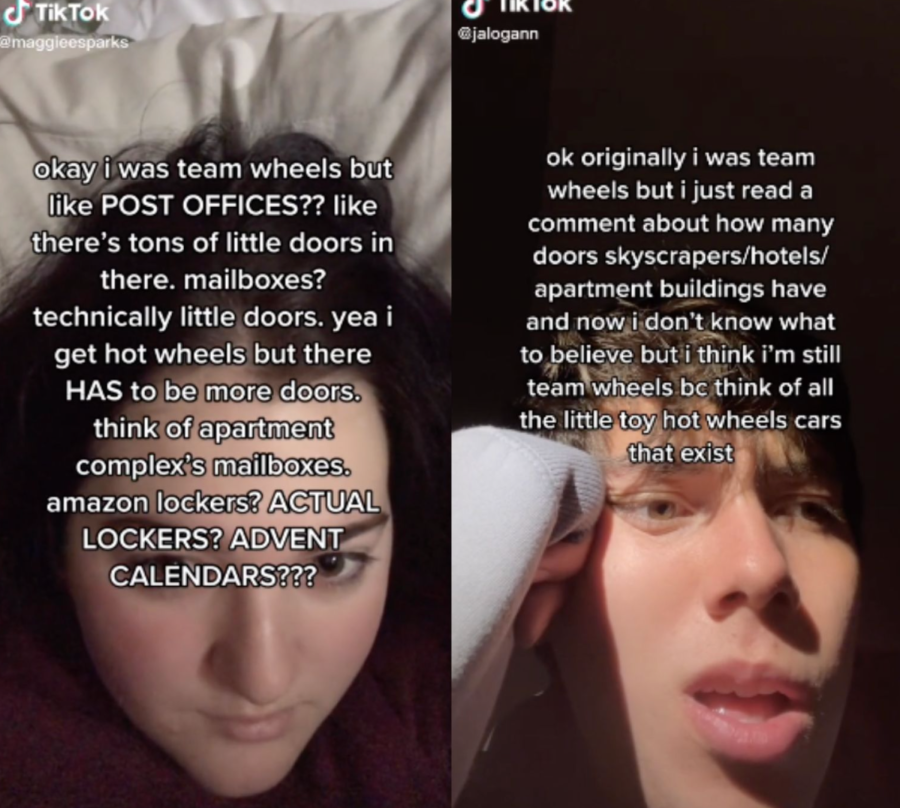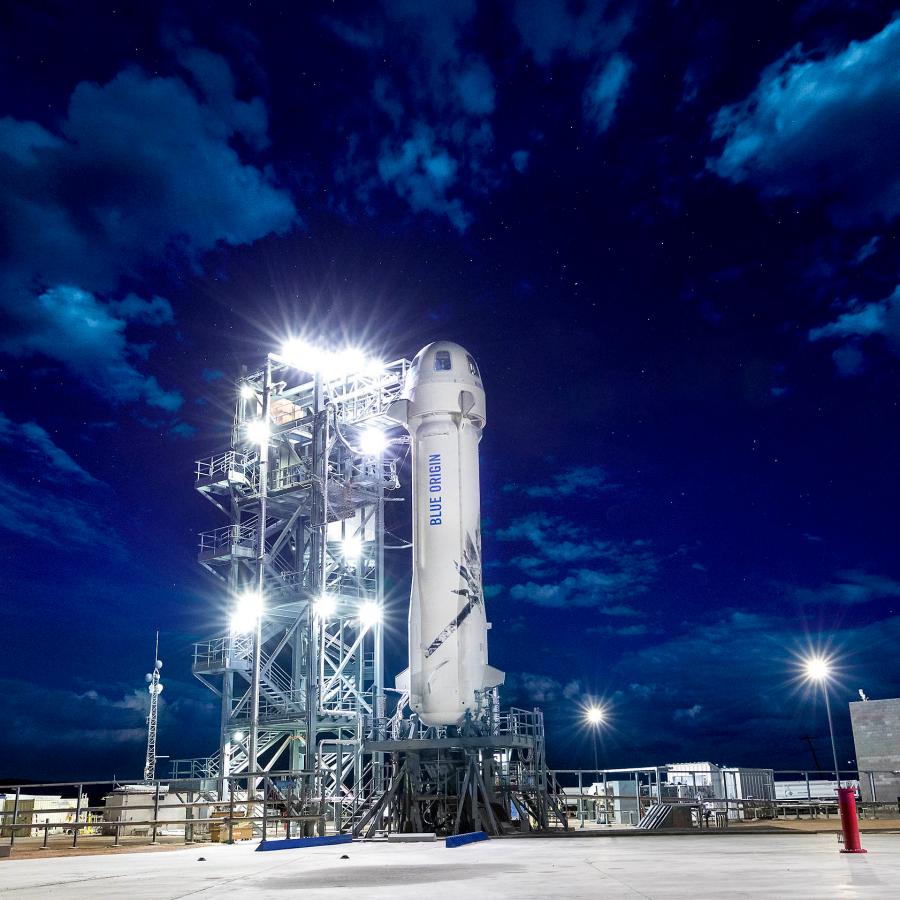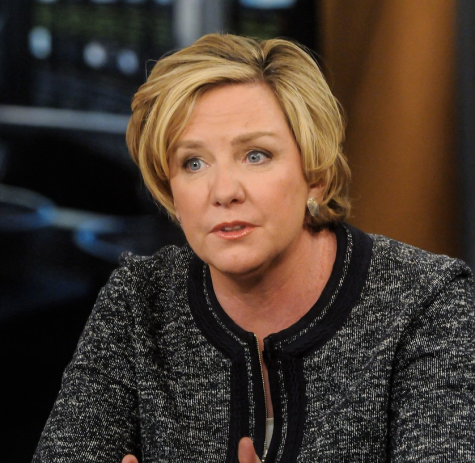Far Out: Big Business Goes to Space
Space cowboy corporate titans have their eyes on the final frontier: commercial trips to outer space
Just as rivalry between nations propelled the first moon landing on July 20, 1969, competition between private companies now drives the race to Mars. This competition will hopefully speed up space exploration, encouraging innovation and creativity from various organizations.
BACKSTORY
NASA, the US agency responsible for science and technology related to space, has a budget of $23 billion this year. To receive funding and continue its research, NASA relies heavily on public support. Therefore, any failure can result in a devastating monetary loss for the agency, and without the ability to make costly mistakes or use a trial-and-error approach, NASA’s progress often seems slow. The lack of exciting successes, in turn, fails to capture the interest of the public. However, teaming with private businesses allows NASA to experiment with less public scrutiny and gives it the opportunity to make quicker progress. If conducted responsibly, private companies will certainly usher in a new age of space exploration.
PLAYERS & PLAYS
To develop a spacecraft for the journey to the moon, NASA selected three private companies to compete for government funding: SpaceX, Blue Origin, and Dynetics. All three companies set their sights on NASA’s $2.9 billion grant, which would be awarded to the most promising program to build the next crewed lunar lander. With Elon Musk leading SpaceX and Jeff Bezos heading Blue Origin, the New York Times described the grant competition as “the battle of space billionaires.” Finally, in April 2021, NASA revealed SpaceX as the winner.
SpaceX projects that its latest rocket, Starship, will facilitate travel to the Moon and Mars, introduce new satellites into orbit, and provide quick transportation around the Earth. Above all, Starship may provide a solution to the world’s greatest obstacle in space travel: cost. SpaceX’s goal to make its rockets reusable would allow for more frequent launches and cheaper flights while also reducing waste and destruction to the environment.
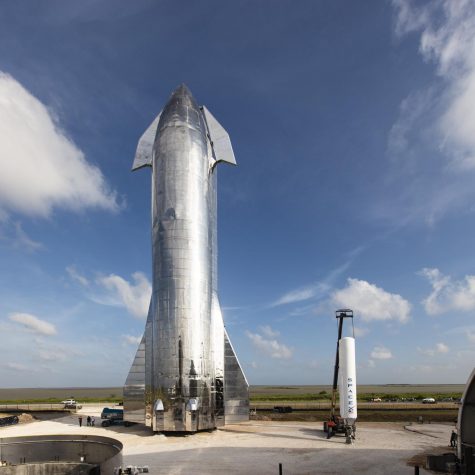
Also ushering in a new era of space travel, Virgin Galactic, the brainchild of billionaire Richard Branson, seeks to open seats on future flights to the public. Nonetheless, only a select few from the wealthiest corner of society will be able to afford the $250,000 or more ticket. Despite the current estimated cost of commercial flights into space, Branson remains hopeful. “I really hope that there will be millions of kids all over the world who will be captivated and inspired about the possibility of them going to space one day,” wrote Branson on the Virgin Galactic website.

This summer, Virgin Galactic and Blue Origin successfully launched their first crewed flights into space. On July 11, Branson and five other crew members took off on the Unity 22 spaceplane. Soon after, Bezos and three others took flight on the New Shepard aircraft on July 20. While both these flights took place a year after Musk’s SpaceX launched its first two humans into orbit, they received a lot of attention given their famous passengers.
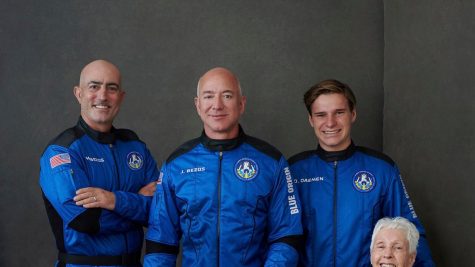
FEARLESS PREDICTION
Competition among private companies and their billionaire founders will undoubtedly continue to drive progress. Though commercial space flight remains controversial due to concerns over passenger safety and environmental impact, rousing a new generation of astronauts and astrophysicists will no doubt benefit scientific research and broaden our understanding of the universe.

When not writing for GAP, Ella enjoys sleeping, playing squash, and working at a boba tea shop (where she struggles to not sample the product).





























